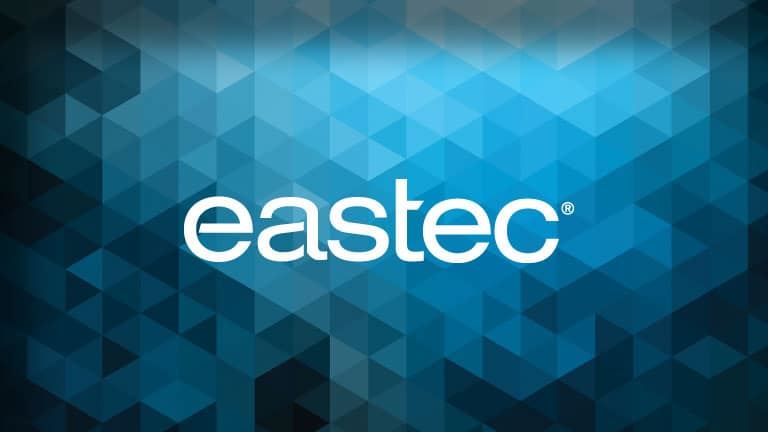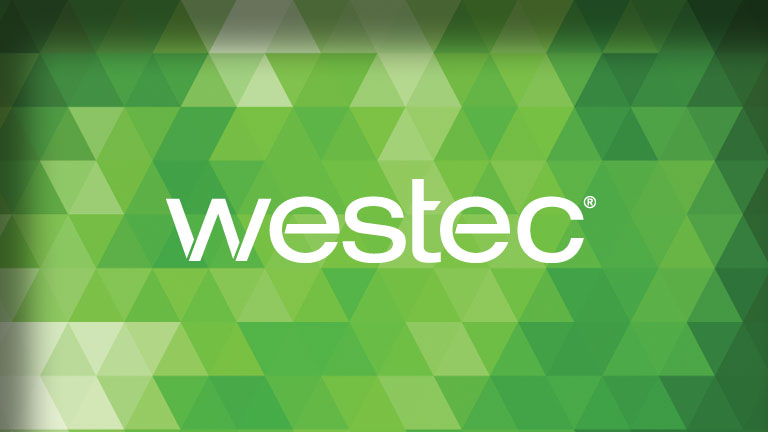- Home
- Browse Catalog and Order Now
- Ready to Ship Blanks
- Made to Order Blanks
- Aluminum & Steel Custom Vice Jaws
- Metal Services
- Materials
- Company
- News
- Contact Us
TCI Precision Metals announced the installation of a new You JI DSM1200 Series duplex mill. The machine is the latest addition to a growing number of duplex mills used in the production process of precision Machine-Ready Blanks. The DSM1200 Series boosts an impressive X-axis travel of 68.9” (1,725mm) and a Y/Z-axis travel of 29.3” (745mm), with a max load capacity of 11,024 lbs. (5,000kg). The addition of the large new format mill is intended to support the production of larger parts while improving efficiency and shortening customer lead time as demand for Custom Made-to-Order and Ready-to-Ship Machine-Ready Blanks continues to rise.
“We are committed to providing our customers with value in the form of precision high-quality blanks, delivered on time and at a price that is less than they can produce the same materials in their shop. Our investment in this new large-format duplex mill helps us produce larger and more machine-ready blanks in less time. The value is passed to TCI customers through shorter lead times and competitive pricing,” said Ben Belzer, TCI Precision Metals’ president and CEO.
Precision Machine-Ready Blanks eliminate the need for in-house sawing, grinding, flattening, squaring operations, and outside processing. Each blank arrives deburred, clean, and individually packaged to avoid damage during shipping. Blanks are available in two ways: Ready-to-Ship blanks can be ordered online for same-day or next-day shipping and arrive square, flat, and parallel within ± .002” of specified dimensions all around; custom Made-to-Order blanks are made to customer specifications and are guaranteed as close as +/- .0005” dimensionally and as close as .002” flatness, squareness, and parallelism.
Founded in 1956, TCI Precision Metals is a family-owned, wholesale, machine-ready metals distributor that produces precision-cut parts and Machine-Ready Blanks from aluminum, stainless steel, and other alloys. Sawing, Waterjet Cutting, Grinding, Milling, and Finishing operations, with the added benefit of being a plate and sheet distributor, make TCI Precision Metals a one-stop shop for value-added metal services. TCI serves the needs of the medical, oil & gas, aerospace, industrial equipment, defense, food packaging, semiconductor, and many other industries.

Booth #5030
May 16 - 18, 2023
Eastern State Exposition
West Springfield, MA

Booth #1851
November 7-9, 2023
Long Beach Convention Center
Long Beach, CA
This document was created by Reata Engineering and Machine Works, and repurposed with permission.
When you request prototype or production machining services, it’s essential to call out the part specifications accurately in your print. Inaccurate information could result in a part that doesn’t function as intended or extends your lead time as you and your contract manufacturer go back and forth to get the details right.
Parallelism and flatness are two of the most common areas of confusion customers run into on their prints, often mistaking one for the other. In this latest installment of our blog series spotlighting Design for Manufacturing (DFM) best practices, we’ll help to clear up this confusion.
Understanding Parallelism and Flatness
First, let’s look at the basic definitions of parallelism and flatness so that we’re on the same page:
Flatness Callout
When considering parallelism vs. flatness, it’s helpful to imagine a table standing on a floor. If you carefully place a ball on the table, you may notice that the ball rolls across the table without you pushing it.
Does this action indicate that the table surface isn’t flat? Not necessarily.
The table surface could be entirely flat, but perhaps it was mounted to the table’s legs at a slight angle. In this case, the table and floor surfaces aren’t parallel to one another, causing the ball to roll.
Clearing Up Points of Confusion Regarding Parallelism and Flatness
Parallelism Callout
Incorrectly calling out parallelism or flatness can compromise the cost and quality of your part, so it’s essential to clarify what you’re asking for. Generally speaking, parallelism is the correct callout when you’re talking about how two different planes should relate to one another. Flatness is the proper callout when you are only referencing one surface, and how flat that surface is relative to itself.
One trick is to consider the number of surfaces your part will mount to. If multiple mounting surfaces are involved, you can view them as datums. Parts that mount to only one surface can have flatness callouts and parallelism callouts, while parts that mount to more than one surface should have parallelism callouts. Many people use these callouts interchangeably, they are not. In most cases, Flatness is more expensive than Parallel.
If you don’t call out flatness and parallelism in your print, we’ll hold these dimensions within the standard tolerances implied by the thickness of your material and general tolerances of your part.
An Alternative to Calling Out Parallelism and Flatness
A simple alternative to calling out parallelism and flatness in your print is to call out the profile of the surface instead.
This specification describes the 3D tolerance zone around the surface of the part. Take the curved surface of a football, for example. A profile callout would specify that the entire surface where the radius is must fall within the tolerance zone. In many cases, profile callouts simplify measuring a part and still ensure your parts meet the specs needed for proper functionality.